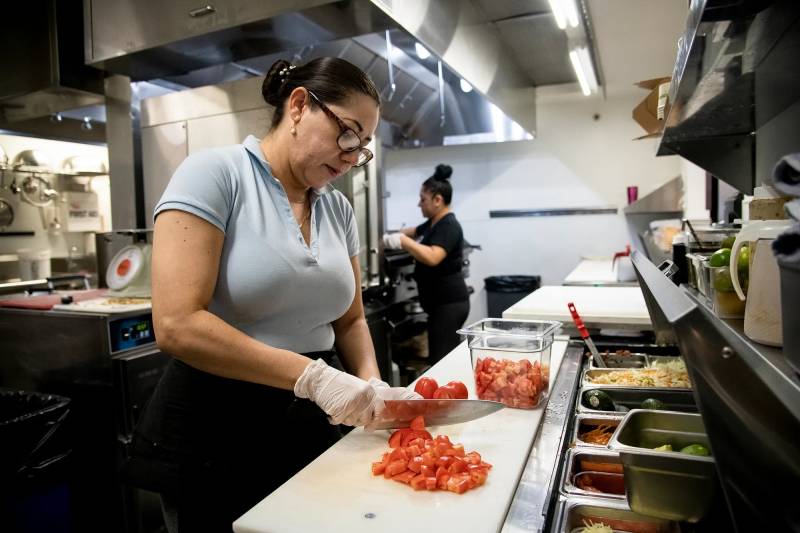California’s $16-an-hour minimum wage may be much higher than a “poverty wage” by federal standards, but high housing costs still make it difficult for low-wage workers to live and make ends meet in the state, according to a new report by the state’s Legislative Analyst’s Office.
The report, published today, paints a picture of who low-wage workers are and whether the state’s minimum wage is sufficient to address poverty and inequality.
Many workers move on from low-wage work to higher-paying jobs as they transition from their 20s to their 30s, but that mobility slows significantly when workers enter their early 30s, according to the report.
